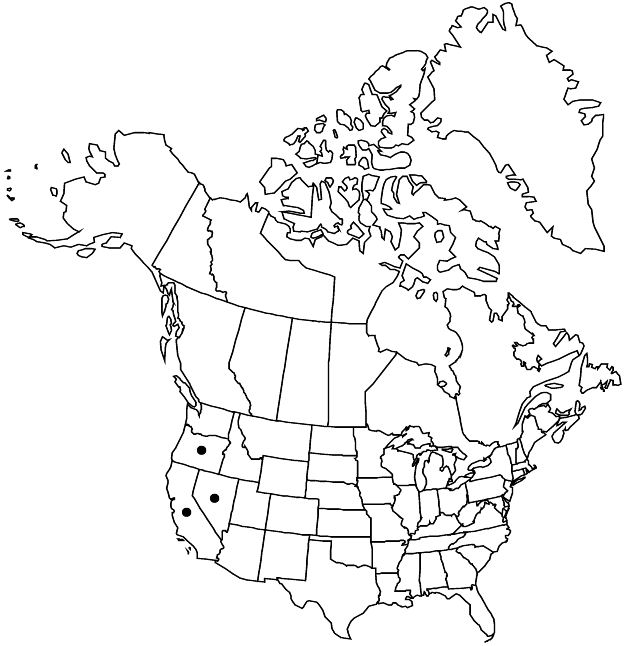Difference between revisions of "Frangula rubra"
Trudy Bot. Inst. Akad. Nauk S.S.S.R., Ser. 1, Fl. Sist. Vyssh. Rast. 8: 271. 1949.
imported>Volume Importer |
RevisionBot (talk | contribs) m (Bot: Adding category Revised Since Print) |
||
| (2 intermediate revisions by 2 users not shown) | |||
| Line 91: | Line 91: | ||
|publication year=1949 | |publication year=1949 | ||
|special status=Endemic | |special status=Endemic | ||
| − | |source xml=https:// | + | |source xml=https://bitbucket.org/aafc-mbb/fna-data-curation/src/2e0870ddd59836b60bcf96646a41e87ea5a5943a/coarse_grained_fna_xml/V12/V12_478.xml |
|genus=Frangula | |genus=Frangula | ||
|species=Frangula rubra | |species=Frangula rubra | ||
}}<!-- | }}<!-- | ||
| − | -->[[Category:Treatment]][[Category:Frangula]] | + | --> |
| + | |||
| + | [[Category:Treatment]] | ||
| + | [[Category:Frangula]] | ||
| + | [[Category:Revised Since Print]] | ||
Latest revision as of 18:13, 6 November 2020
Shrubs, 0.5–2 m. Stems red to gray, glabrous or hairy. Leaves deciduous; petiole 2–12 mm; blade light to bright green abaxially, green or dull green adaxially, narrowly elliptic to oblong or obovate, 1.5–8.5 cm, ± herbaceous, base rounded to obtuse or acute, margins entire or serrulate to denticulate, apex acute to obtuse or rounded, surfaces glabrous or short-puberulent, or abaxial puberulent on midrib and veins; secondary veins (7–)8–11 pairs. Inflorescences umbels, pedunculate, (2–)4–15-flowered. Pedicels 1–12 mm. Stigmas 2-lobed. Drupes black, globose or pyriform, 8–12 mm; stones 2(–3).
Distribution

Calif., Nev., Oreg.
Discussion
Subspecies 5 (5 in the flora).
The Frangula rubra complex is a group of closely related populations that needs study. In Nevada, they occur only in Douglas and Washoe counties. Descriptions by C. B. Wolf (1938) provide only a single distinct character to separate the subspecies, and he reported much intergradations between subsp. obtusissima and all the other subspecies. Field and herbarium studies argue for the recognition of infraspecific taxa despite the intermediates.
Subspecies yosemitana and Frangula californica subsp. cuspidata grow along the east side of the Sierra Nevada and can be easily confused. Plants of both taxa can be deciduous, but Wolf noted differences in pubescence and leaf margin to differentiate the two, although both are variable throughout their ranges.
Selected References
None.
Lower Taxa
Key
| 1 | Leaf blade surfaces short-puberulent. | Frangula rubra subsp. yosemitana |
| 1 | Leaf blade surfaces glabrous or abaxial puberulent on midrib and veins. | > 2 |
| 2 | Young branches gray; leaves clustered on short-shoots. | Frangula rubra subsp. modocensis |
| 2 | Young branches usually red, rarely gray; leaves scattered along branchlets. | > 3 |
| 3 | Leaf blade bases and apices rounded. | Frangula rubra subsp. obtusissima |
| 3 | Leaf blade bases and apices acute to obtuse. | > 4 |
| 4 | Leaf blades bright green; drupes globose. | Frangula rubra subsp. rubra |
| 4 | Leaf blades usually dull green, especially abaxially; drupes pyriform. | Frangula rubra subsp. nevadensis |